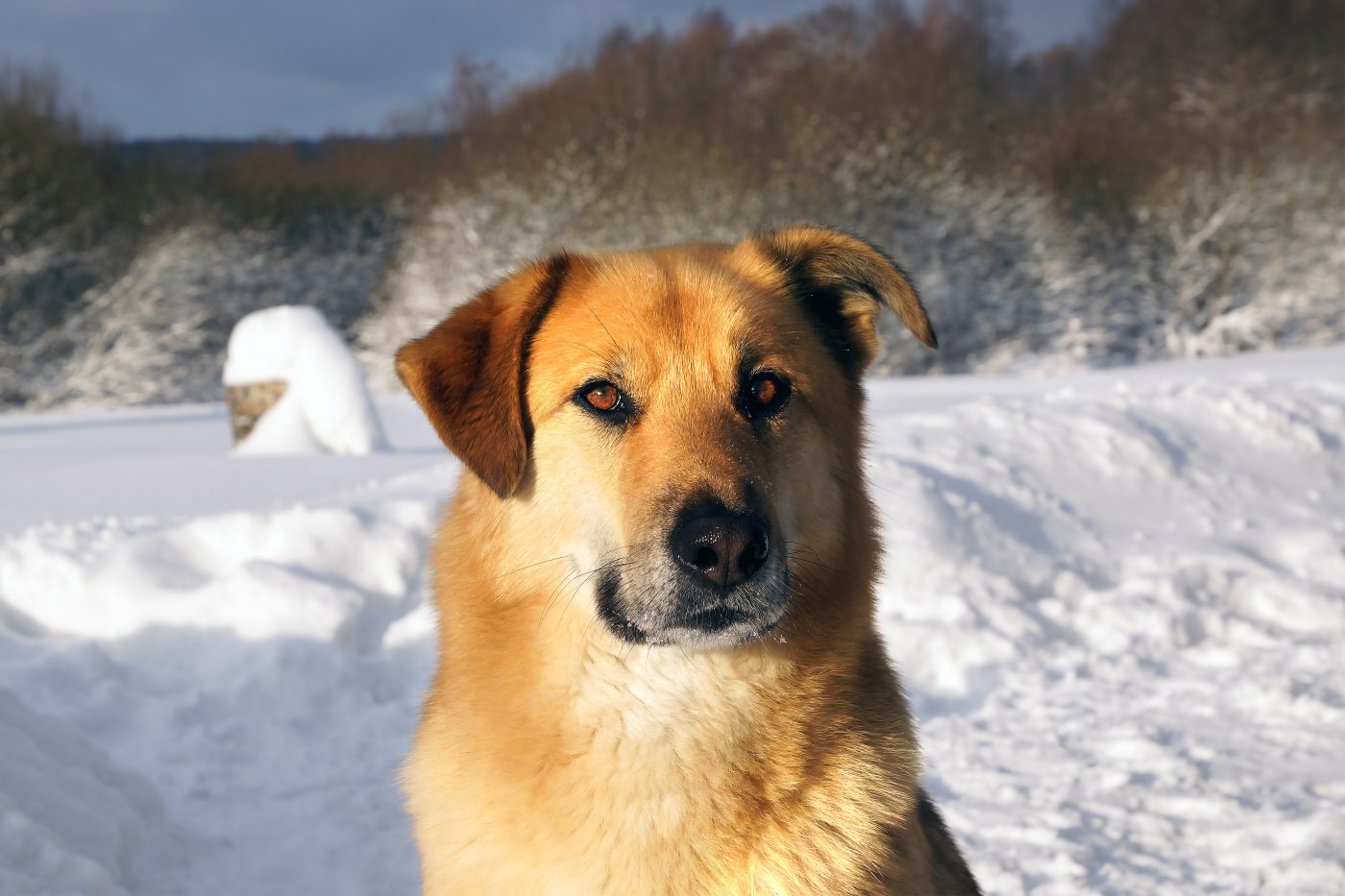1. What should I expect my Chinook puppy to weigh at 6 months?
At 6 months, a male Chinook puppy typically weighs around 12 pounds (5.44 kg), and a female around 11 pounds (4.99 kg). This is a critical growth phase, so proper nutrition and health monitoring are essential.
2. How quickly will my Chinook puppy grow in the first year?
Chinook puppies grow rapidly in their first year, reaching close to adult size by about 12 months. Males usually weigh around 37 pounds (16.78 kg), while females might weigh about 34 pounds (15.42 kg).
3. What is the average height of a Chinook puppy at 3 months?
At 3 months old, a Chinook puppy typically stands about 8 inches (20.3 cm) tall if male and about 7.3 inches (18.5 cm) if female. They will continue to grow in height steadily over the coming months.
4. How can I tell if my Chinook puppy is overweight?
To determine if your Chinook puppy is overweight, look for excess fat around the ribs and waist. A healthy puppy should have a visible waist when viewed from above and you should feel (but not see) its ribs without pressing hard.
5. What are the height and weight expectations for a Chinook at 2 years?
By the age of 2 years, male Chinooks typically reach about 90 pounds (40.82 kg) and 27 inches (68.6 cm) tall, while females usually are around 85 pounds (38.56 kg) and 26 inches (66 cm). This marks near full physical maturity.
6. How should I feed my Chinook puppy to ensure proper growth?
Feed your Chinook puppy a balanced diet formulated for large breed puppies to support their rapid growth. It’s important to follow feeding guidelines on dog food labels and adjust portions as your puppy grows to prevent overfeeding.
7. What kind of exercise is best for a growing Chinook puppy?
Moderate exercise is ideal for growing Chinook puppies. Avoid intense or prolonged activities to protect their developing joints. Short walks, gentle play sessions, and swimming are excellent ways to keep them active and healthy.
8. When do Chinook puppies stop growing?
Chinook puppies generally stop growing in height by about 18 months but may continue to fill out and gain muscle until they are about 2-3 years old.
9. Is it normal for a Chinook puppy to have growth spurts?
Yes, it is normal for Chinook puppies to experience several growth spurts during their first year. During these periods, they might eat more than usual and appear suddenly larger.
10. How much sleep does a Chinook puppy need?
Chinook puppies can sleep up to 18 hours a day. Adequate sleep supports their rapid growth and development, so ensure your puppy has a quiet, comfortable place to rest.
11. Can I track my Chinook puppy’s growth at home?
Yes, you can track your puppy’s growth at home by regularly weighing and measuring their height. Keep a growth chart to monitor progress and discuss any concerns with your vet.
12. What should I do if my Chinook puppy is not gaining weight?
If your Chinook puppy is not gaining weight or is losing weight, consult your veterinarian. They can assess if there’s an underlying health issue and advise on dietary adjustments.
13. Are there breed-specific health issues that could affect my Chinook’s growth?
Chinooks are generally healthy, but like all breeds, they can be susceptible to certain genetic conditions such as hip dysplasia, which could affect growth. Regular vet check-ups are crucial for early detection and management.
14. What milestones should my Chinook puppy hit in its first year?
In the first year, your Chinook should go through several developmental milestones including teething, socialization periods, and a series of vaccinations. These stages are important for both physical and behavioral development.
15. How much water should a growing Chinook puppy drink?
A growing Chinook puppy should always have access to fresh, clean water. Water intake might vary, but a good rule of thumb is that puppies need about half a cup of water every two hours.
16. Why is my Chinook puppy suddenly eating less?
Temporary decreases in appetite can occur due to factors like teething discomfort, changes in the environment, or minor illnesses. If reduced appetite persists, however, it’s best to consult your vet.
17. How can I ensure my Chinook puppy develops strong bones?
To ensure strong bone development, feed your puppy a balanced diet rich in calcium and phosphorus. Also, moderate exercise helps strengthen bones and muscles without overstraining joints.
18. What kind of health screenings should my Chinook puppy undergo?
Health screenings for a Chinook puppy should include checks for hip and elbow dysplasia, cardiac exams, and routine blood work to detect early signs of health issues.
19. At what age is it safe to start training my Chinook puppy?
Basic training can start as early as 8 weeks old. Early training and socialization are key to helping your puppy develop into a well-adjusted, obedient adult.
20. What are common behavioral signs of growth in Chinook puppies?
Common signs include increased appetite, sudden increases in size, and periods of clumsiness as they get used to their rapidly growing bodies. Additionally, behavioral changes such as increased independence and curiosity are typical as they mature.

 Toledo, United States.
Toledo, United States.